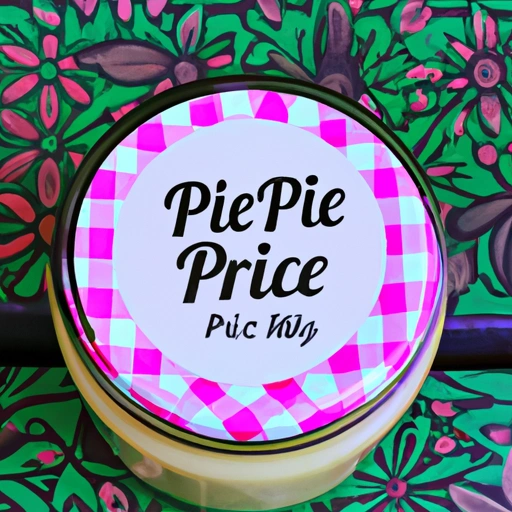Pie Filling
Description

Pie filling is a versatile and essential ingredient used in many culinary creations. It can range from sweet to savory, consisting of fruits, nuts, chocolate, meats, or vegetables, thickened with starches, sugars, and seasoned with spices or herbs to enhance flavor. The consistency can vary from chunky to smooth, tailored to the desired pie texture.
Common uses
Pie fillings are predominantly used in dessert pies, tarts, and pastries. They are also found in savory pies such as pot pies, quiches, and meat pies. Additionally, pie fillings can be used as toppings or spread for pancakes, waffles, and toast.
Nutritional value
Calories
Caloric content varies widely among pie fillings, with fruit fillings generally containing fewer calories (approx. 100-200 kcal per 100g) compared to meat or nut-based fillings (approx. 200-350 kcal per 100g).
Protein
Protein levels depend on the filling ingredients, with fruit fillings generally low in protein (1-2g per 100g) and meat fillings being higher (10-20g per 100g).
Fat
Fat content varies, with fruit fillings typically lower (0.5-5g per 100g) and dairy or meat fillings higher in fat content (10-25g per 100g).
Carbohydrates
Carbohydrate levels are higher in fruit-based fillings due to natural sugars (20-50g per 100g) and lower in meat fillings (5-15g per 100g).
Vitamins
Fruit fillings are often rich in vitamins, especially vitamin C and A, while meat-based fillings provide B vitamins.
Minerals
Minerals like potassium and magnesium are found in fruit fillings, while iron and zinc are more prevalent in meat fillings.
Health benefits
Fruit-based pie fillings can offer antioxidants and dietary fiber, which contribute to heart health and digestion, while meat fillings provide essential amino acids necessary for muscle repair and growth.
Potential risks
High-sugar pie fillings can contribute to weight gain and dental issues, while those with certain food allergies should be cautious of fillings containing nuts, dairy, or gluten.
Common recipes
Pie fillings are used in classic recipes such as apple pie, cherry pie, shepherd's pie, and more.
Cooking methods
Cooking methods include baking and sometimes stovetop cooking to prepare the filling before it is added to the pie crust.
Pairing with other ingredients
Sweet pie fillings pair well with whipped cream or ice cream, while savory fillings complement gravy and vegetable sides.
Summary
Pie filling is a flavorful component of many dishes, ranging from the traditional apple pie to innovative culinary creations. It contributes to the dish's overall flavor, texture, and appearance, while its nutritional value varies based on ingredients. A mindful selection can enhance both the taste and healthfulness of meals.